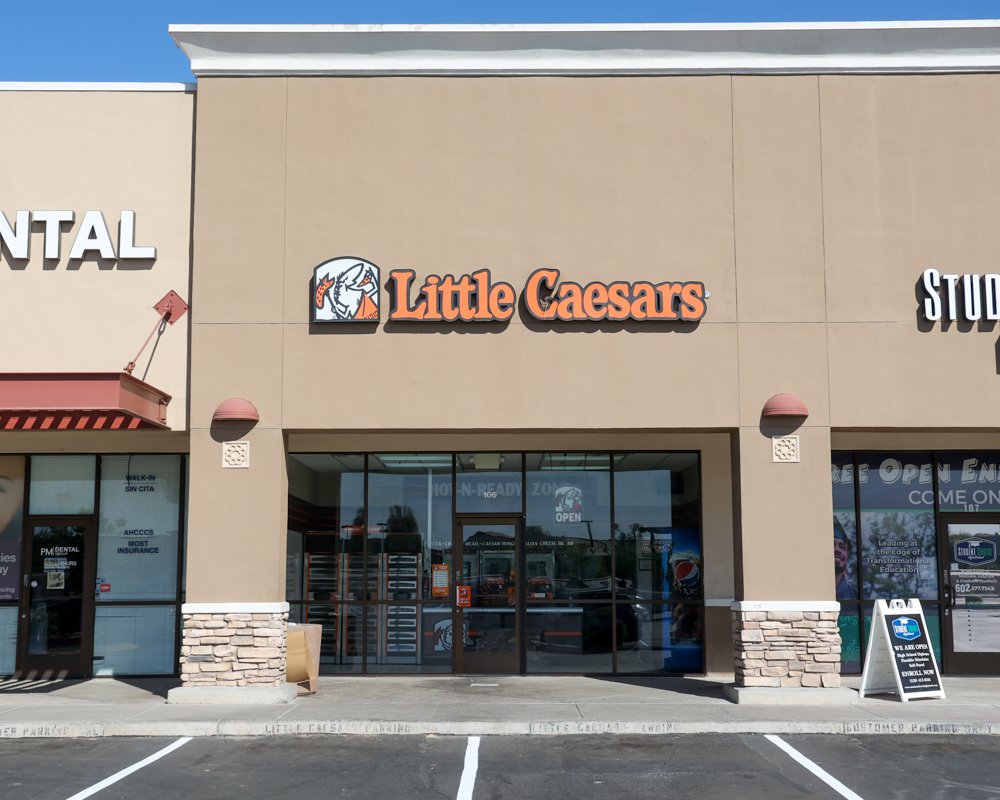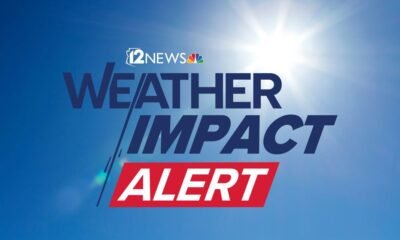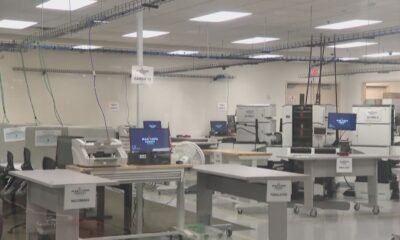Featured
Little Caesars Under Fire: Health Department Warns of Scorching Hot Pizzas

Inspectors from the Pinal County Environmental Health Department recently flagged a Little Caesars in Maricopa for repeated temperature violations. The inspection on March 4 revealed several food items stored at unsafe temperatures in the walk-in freezer, including sliced mushrooms measured at 46 to 51 degrees, while the required maximum is 41 degrees.
Additionally, a full box of sliced bell peppers was found at 45 degrees, and other items, such as sauce and sliced onions, were examined and deemed unsafe due to temperatures exceeding the recommended levels. The manager indicated that the walk-in freezer had malfunctioned the previous night, prompting them to dispose of all affected items. Inspectors advised proper temperature monitoring and recommended contacting an HVAC technician to address the issue further.
Further violations included an expired food safety manager certificate and insufficient supplies at the hand sink closest to the cashier. The reach-in refrigerators and various door handles also exhibited grime buildup, raising hygiene concerns.
In contrast, inspectors conducting visits on the same day at a McDonald’s location on John Wayne Parkway found no violations. Similarly, Pasteleria Ramos in Stanfield received a perfect inspection rating, marking the third consecutive “excellent” evaluation for both establishments.
Subsequent inspections on March 5 at Jimmy John’s and Jersey Mike’s Subs noted light coming in from beneath the doors, indicating poor sealing. Nonetheless, both businesses achieved “excellent” ratings, marking their third such rating in a row.
Restaurants Rosati’s Pizza and Culver’s also passed inspections without violations, and each received a perfect rating for their second inspection in a row. La Quinta Inn recorded a similar result with no violations noted on March 12, reaffirming their compliance for the second consecutive time.
Understanding inspection ratings is crucial. An “excellent” rating indicates compliance with all priority standards, while a “satisfactory” rating reflects corrective action taken during the inspection. “Needs improvement” suggests ongoing issues requiring resolution, and an “unacceptable” rating points to significant hazards that jeopardize health and safety. Businesses must address any deficiencies to ensure public health is safeguarded.


















